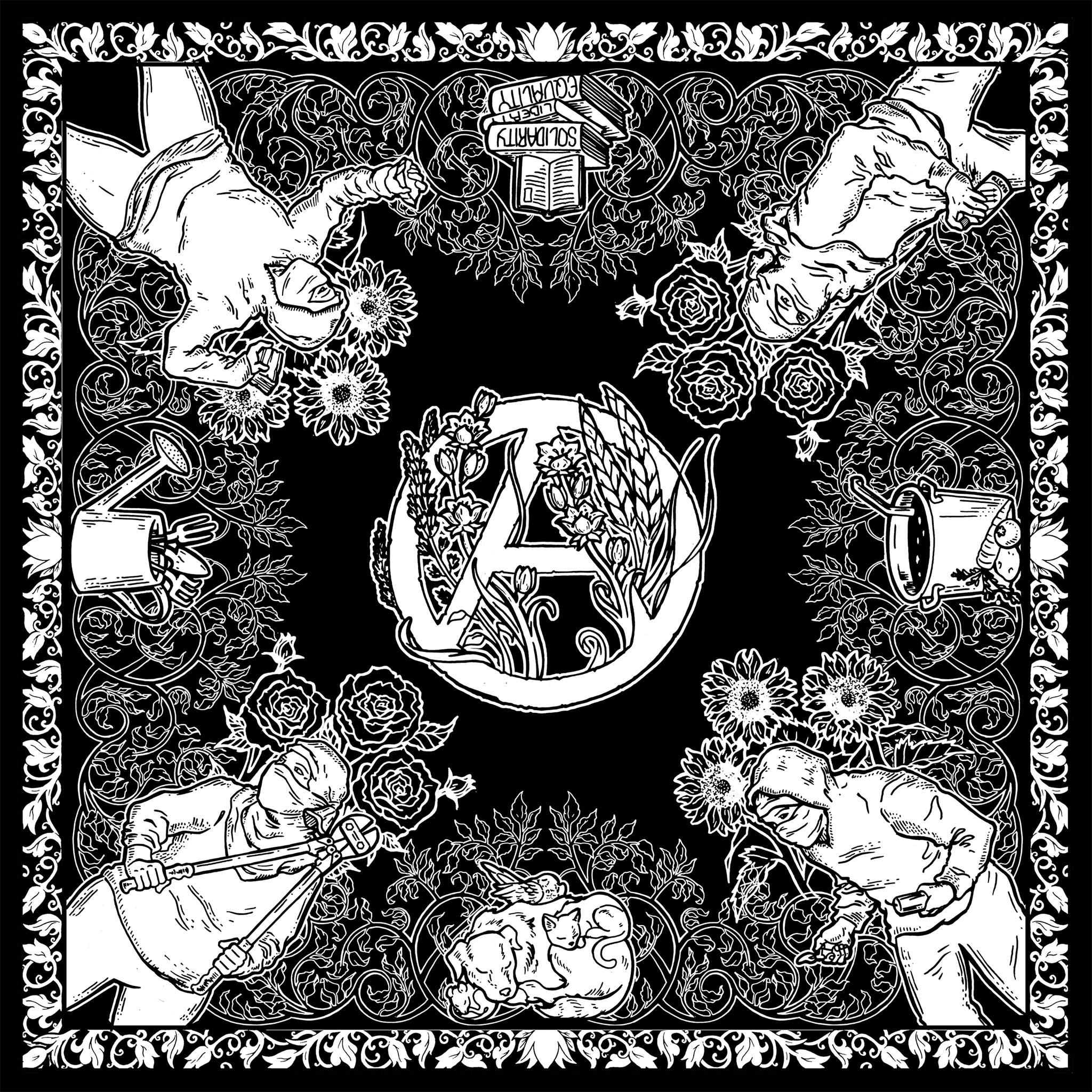Bioarchaeological evidence of interpersonal violence and early warfare presents important insights into conflict in past societies. This evidence is critical for understanding the motivations for violence and its effects on opposing and competing individuals and groups across time and space. Selecting the Neolithic of northwestern Europe as an area for study, the present paper examines the variation and societal context for the violence recorded in the human skeletal remains from this region as one of the most important elements of human welfare. Compiling data from various sources, it becomes apparent that violence was endemic in Neolithic Europe, sometimes reaching levels of intergroup hostilities that ended in the utter destruction of entire communities. While the precise comparative quantification of healed and unhealed trauma remains a fundamental problem, patterns emerge that see conflict likely fostered by increasing competition between settled and growing communities, e.g., for access to arable land for food production. The further development of contextual information is paramount in order to address hypotheses on the motivations, origins, and evolution of violence as based on the study of human remains, the most direct indicator for actual small- and large-scale violence.
While “successful” foragers can only share the benefits of their efforts in the short term and with a few individuals, successful farmers can accumulate material wealth in the form of cleared land and livestock that both permit and promote ever larger family sizes. These new forms of wealth were also heritable, meaning that emerging wealth disparities could grow wider across multiple generations.* The emergence of “wealthy” individuals, especially in more pastoralist groups, will also have created conditions that favored polygamy––some individual males were now able to support more than one spouse. This change would further increase inequality by producing powerful patriarchs at the head of increasingly large families while also disenfranchising other males who might be unable to marry. The former hypothesis appears to be borne out by the recent aDNA study of remains from Hazleton North chambered tomb, southwest England (83), where a single male progenitor had reproduced with four women to produce a five-generation family, with female exogamy. The combination of material, social, and reproductive inequalities created by the conditions arising from domestication contrasts with former egalitarian perceptions of the Neolithic. These new inequalities would be sufficient to account for both the motivations behind the forms of intergroup violence now prevalent and also the form of such interactions with raiding and the abduction of women as apparent among repeated mass burials, now a recurring feature of intergroup hostilities.

